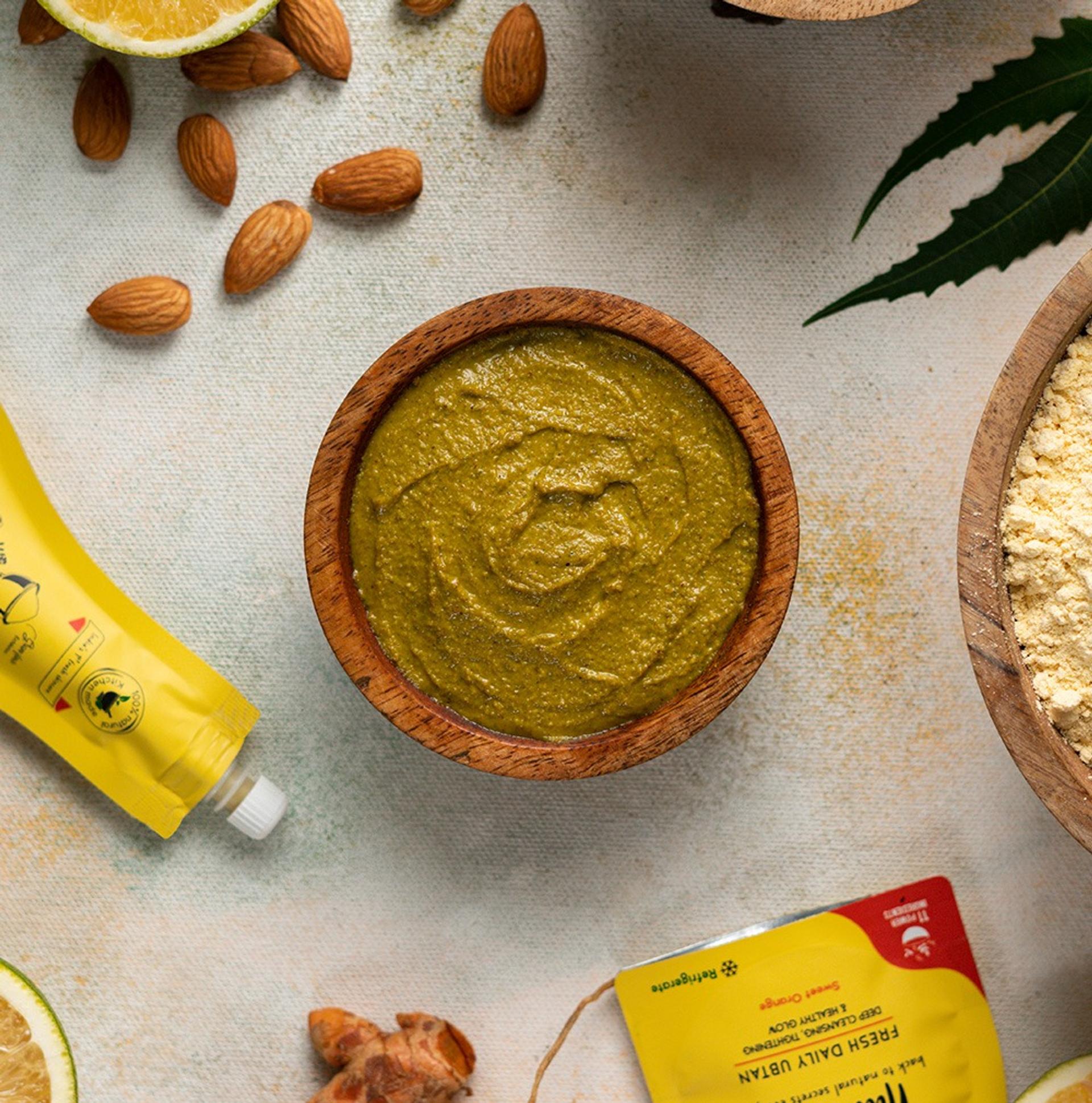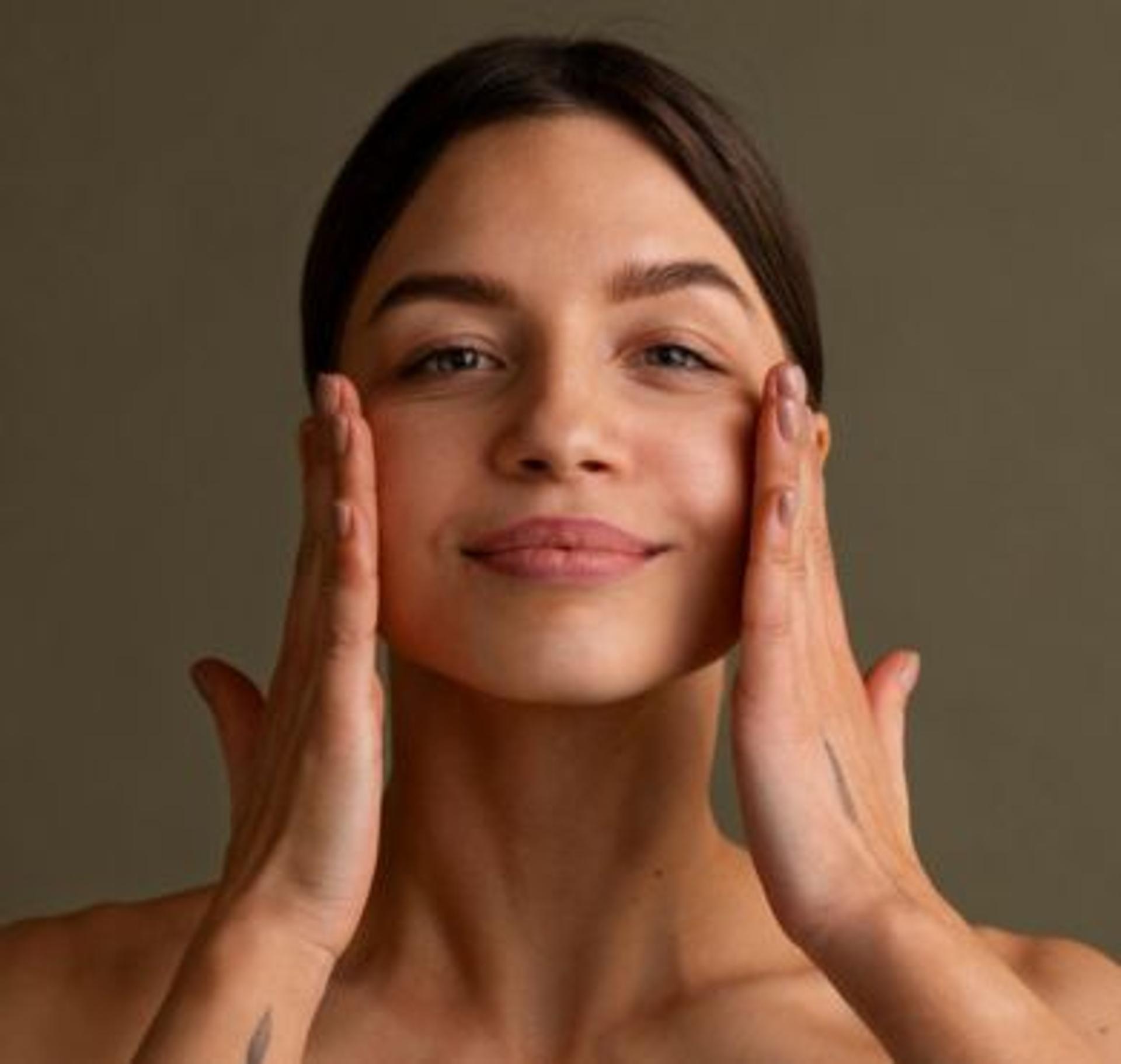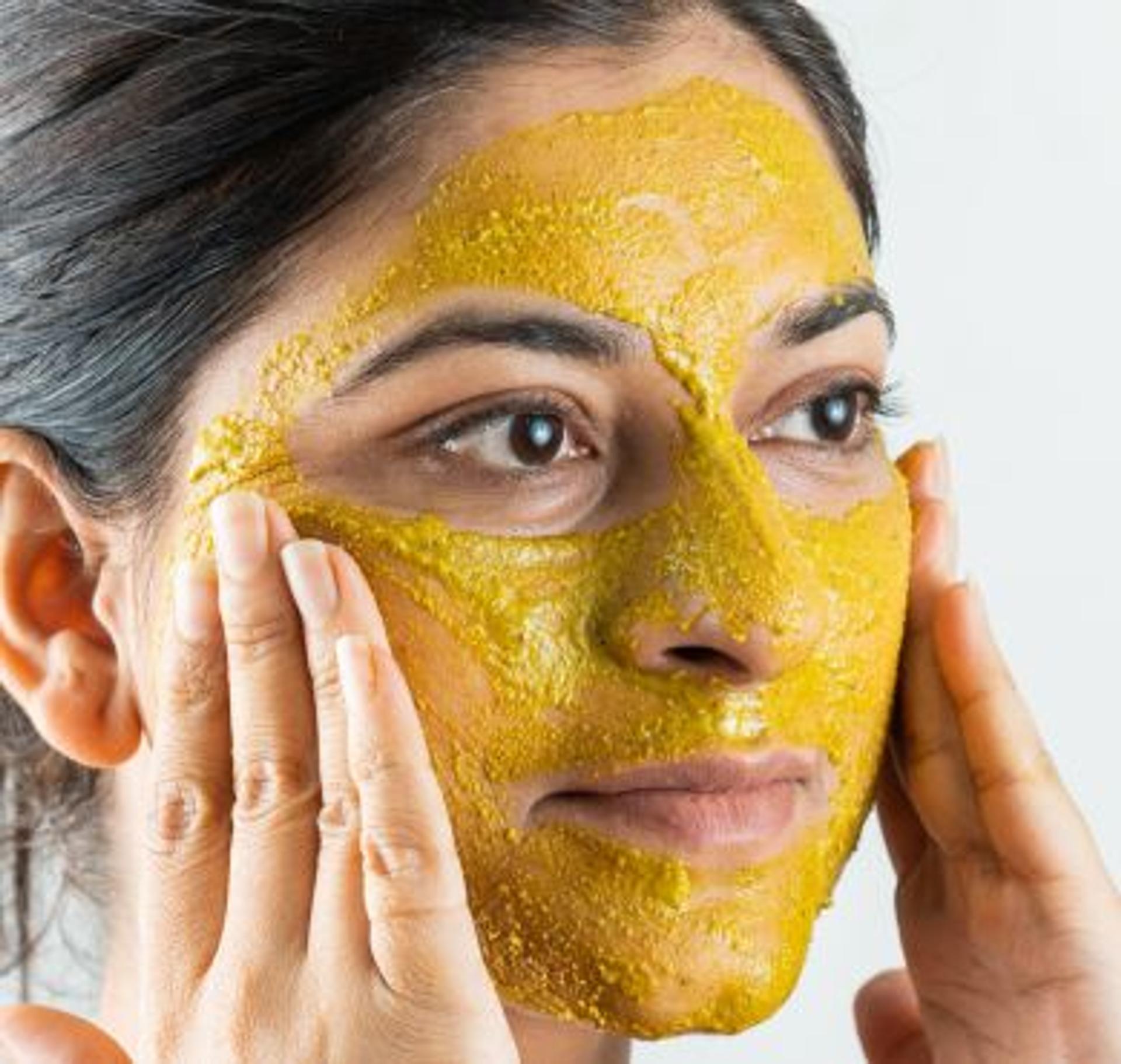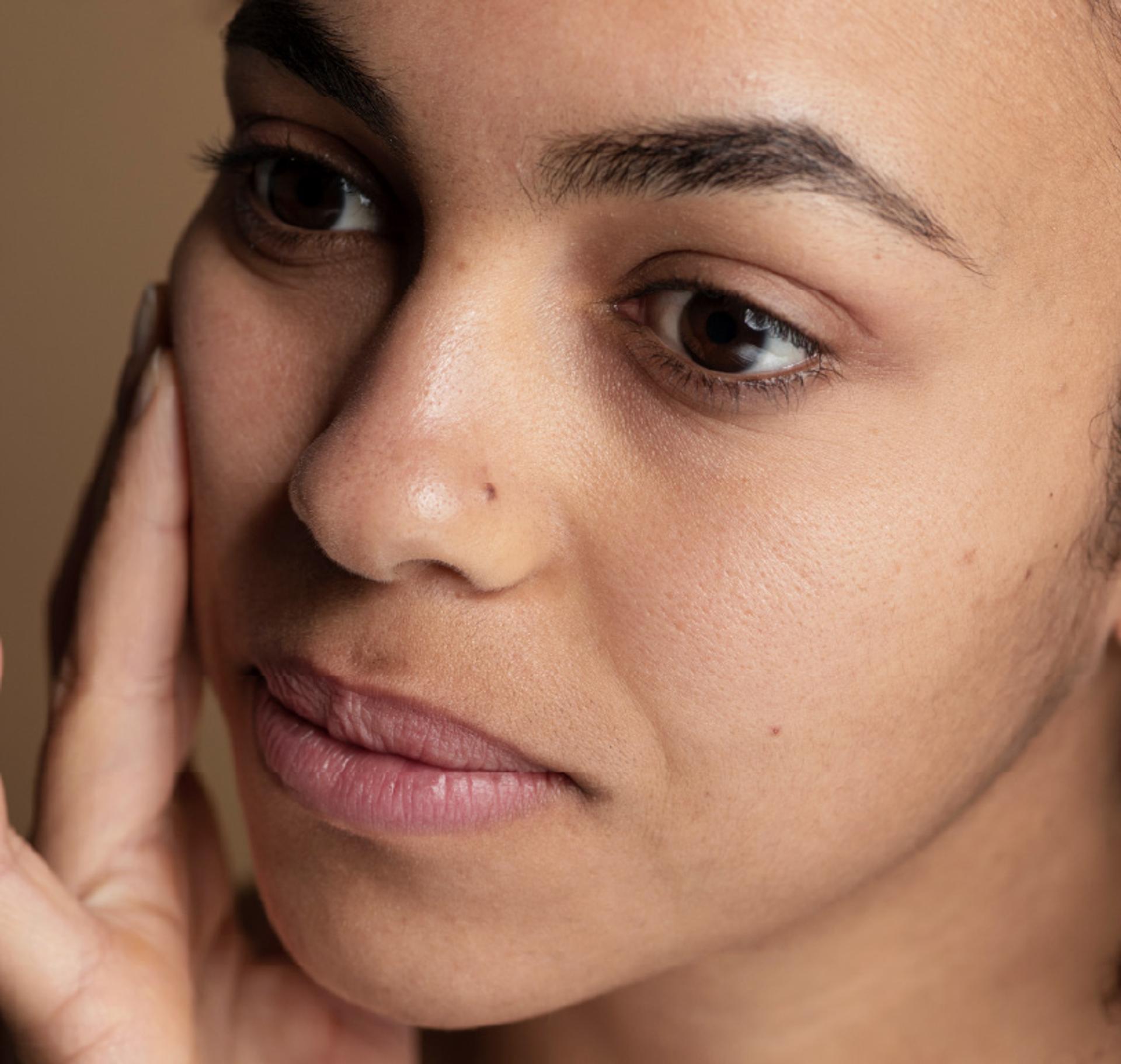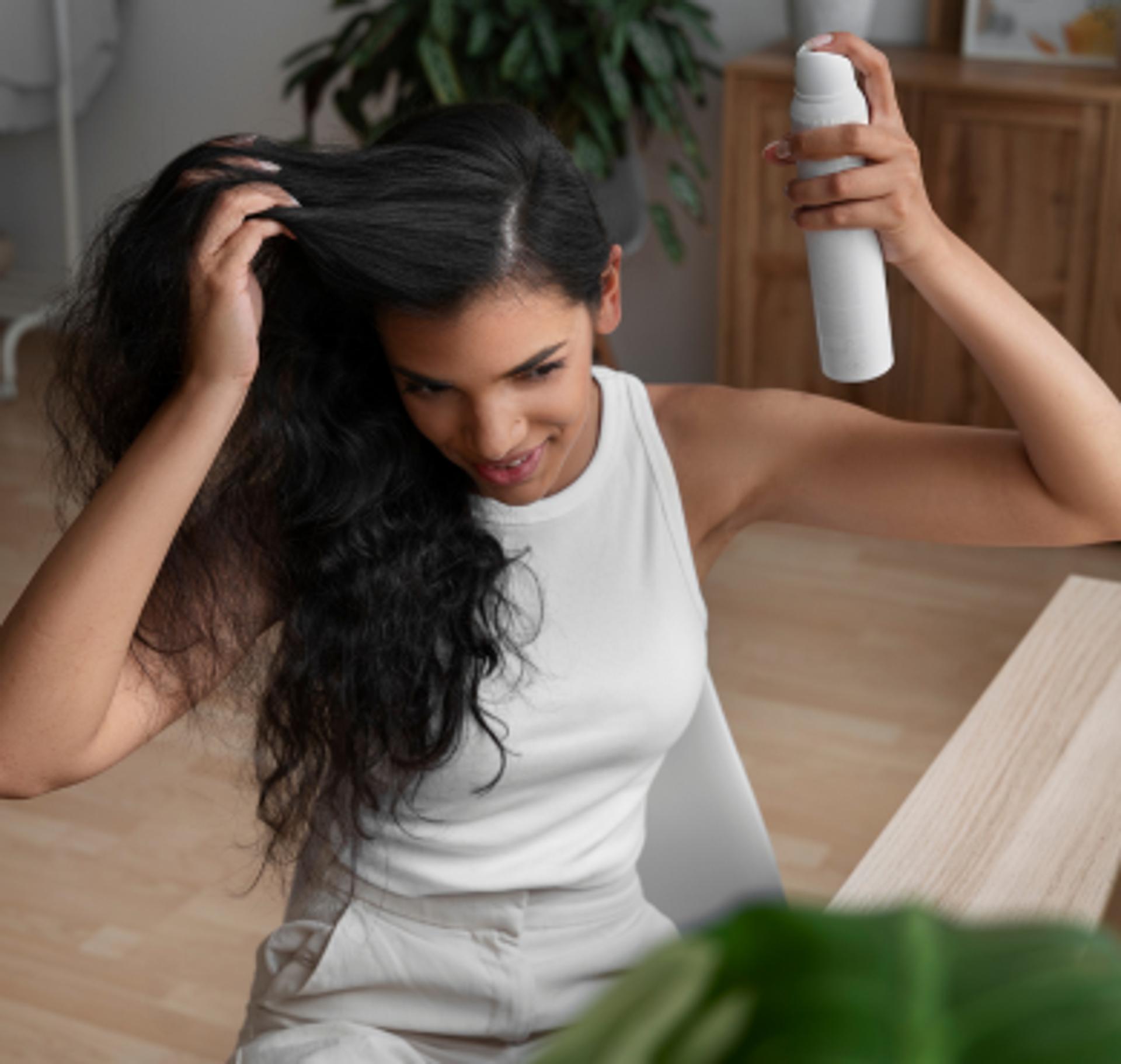
Is Your Dry Shampoo Quietly Disturbing Your Scalp's Microbiome?
By Nat Habit
Let’s be honest—we’ve all leaned into the magic of dry shampoo at some point. Whether it’s a rushed morning, an unexpected video call, or just a well-deserved break between hair wash days, a few spritzes can make your hair look instantly fresher. But have you ever paused and wondered what it’s doing to your scalp beneath all that volume and fluff?
In the world of beauty shortcuts, dry shampoo is the quick fix. But when quick fixes become regular rituals, they can quietly start undoing the very foundation of hair health—your scalp microbiome.
But First, What’s the Scalp Microbiome?
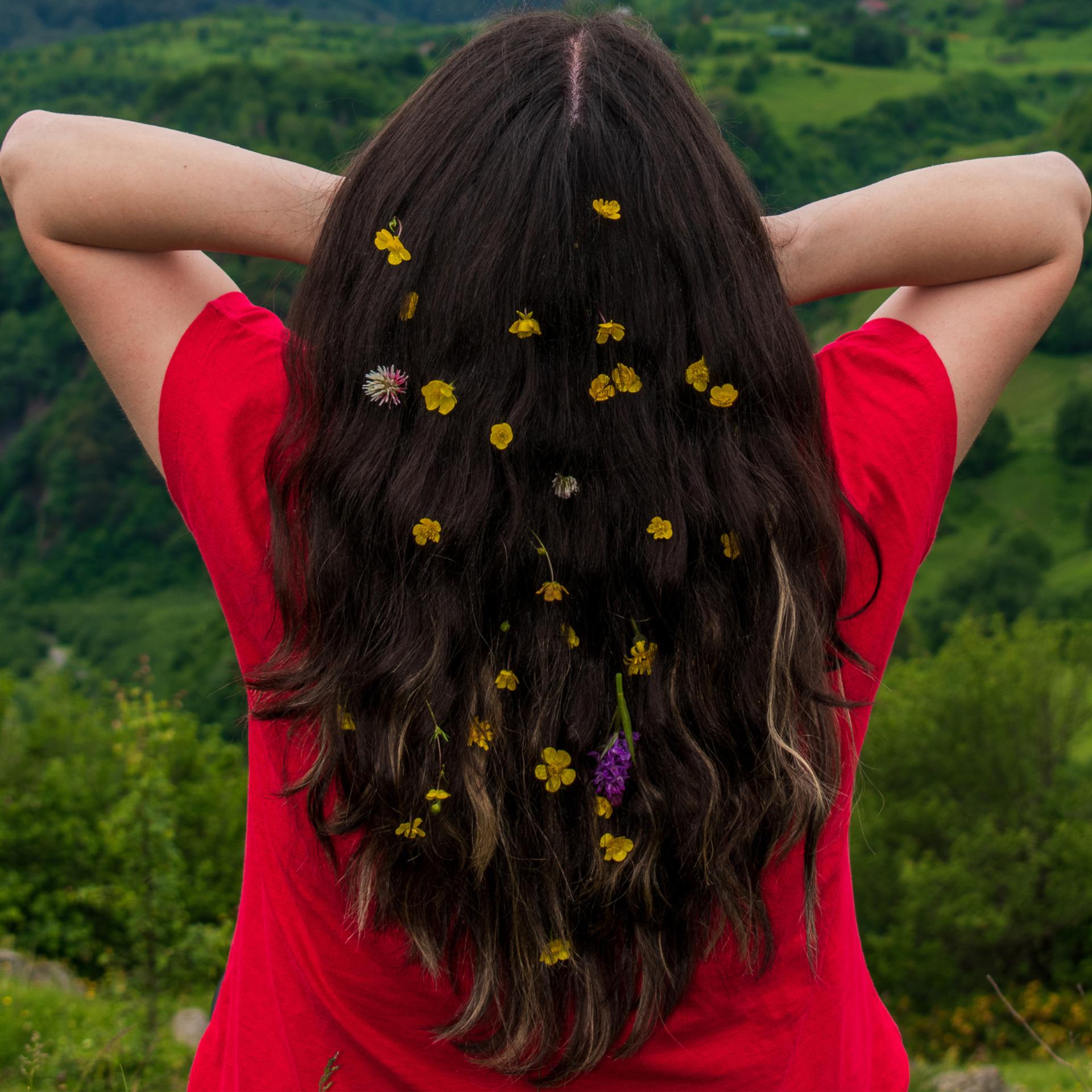
Think of your scalp as a vibrant ecosystem—a community of trillions of friendly bacteria, fungi, and microorganisms that work in perfect harmony. They maintain the pH, regulate oil, defend against harmful microbes, and support a healthy environment for your hair follicles to thrive.
When this microbial balance is disturbed, it opens the door to issues like itchiness, dandruff, inflammation, fungal overgrowth, and yes—hair fall.
So Where Does Dry Shampoo Fit In?

Dry shampoo doesn’t clean your scalp—it just absorbs excess oil and adds a fresh scent. Most are made with starches, alcohol, talc, or clays that coat your hair and scalp to soak up sebum. And here’s where the problem starts.
Dry Shampoo and the Microbiome – What Can Go Wrong?
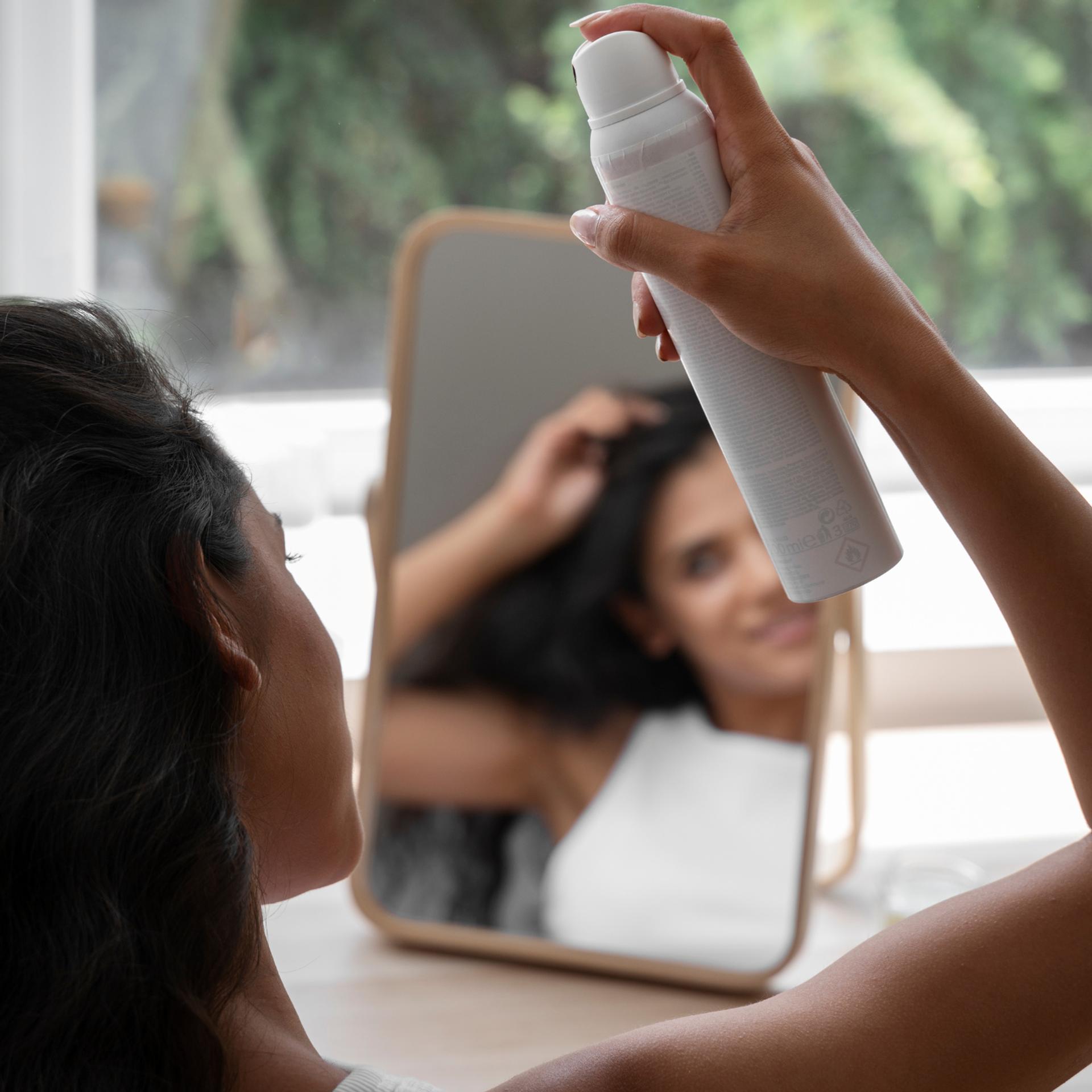
- 1. Oil Over-Absorption
Sebum isn’t the villain—it’s your scalp’s natural moisturizer and protector. It nourishes good microbes and acts as a barrier against harmful invaders. Overusing dry shampoo strips away this protective oil, which starves the good microbes and shifts the microbial balance. - 2. Clogged Follicles = Disrupted Breathability
Dry shampoo particles can build up on the scalp and settle into follicles, especially if you’re not washing your hair frequently. This blocks oxygen, creates an occlusive film, and suffocates both follicles and microbes. Over time, it can lead to follicular miniaturization (weakened follicles), reduced hair growth, and irritation. - 3. Microbial Imbalance (Dysbiosis)
The good microbes love a balanced pH and a clean-but-moisturized environment. Dry shampoo throws this off, often tilting the environment towards a drier, more alkaline state—perfect for yeast overgrowth (like Malassezia, which causes dandruff) and scalp acne. - 4. Inflammation & Oxidative Stress
Some dry shampoos contain fragrances, preservatives, and alcohols that can be irritating. Repeated exposure causes low-grade inflammation, which impacts the scalp barrier and further triggers an immune response—not ideal for long-term follicle health.
Real Talk
It’s Not Evil, Just Not Everyday
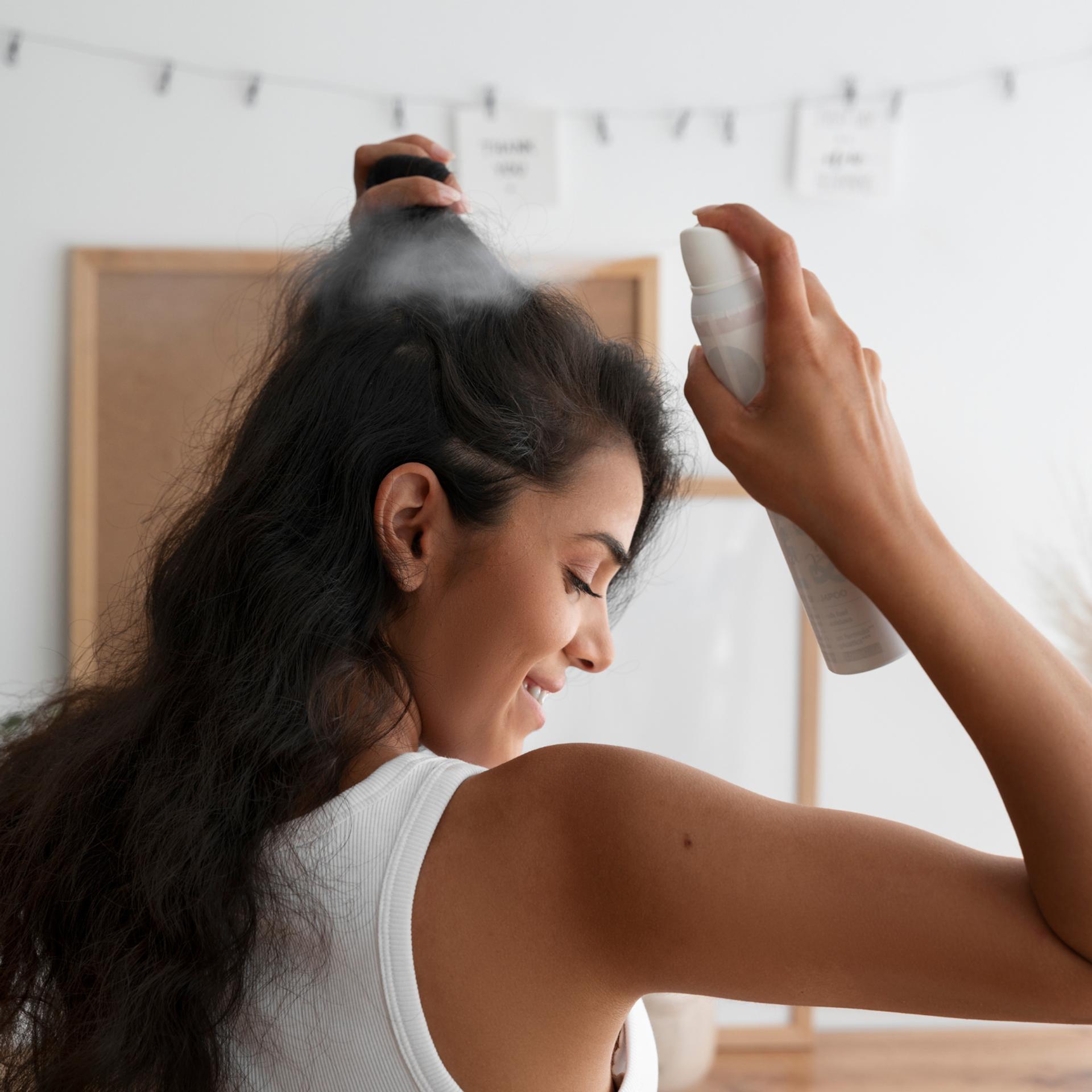
Let’s not demonize dry shampoo altogether—it’s a modern-day savior if used sparingly and wisely. Think of it like caffeine: a little gets you going, too much leaves you jittery and dependent.
What You Can Do Instead

- Use it as a once-in-a-while rescue, not a routine.
- Always wash your hair thoroughly after using dry shampoo—don’t layer it on for days.
- Rebalance your microbiome with scalp oils (like Dasabuti), gentle massaging, and mild, pH-balanced shampoos.
- Avoid products with talc, strong alcohols, and synthetic fragrances, especially if you have a sensitive or dandruff-prone scalp.
- Include scalp exfoliation once in 7–10 days to remove buildup and encourage microcirculation.
The Ayurvedic Perspective
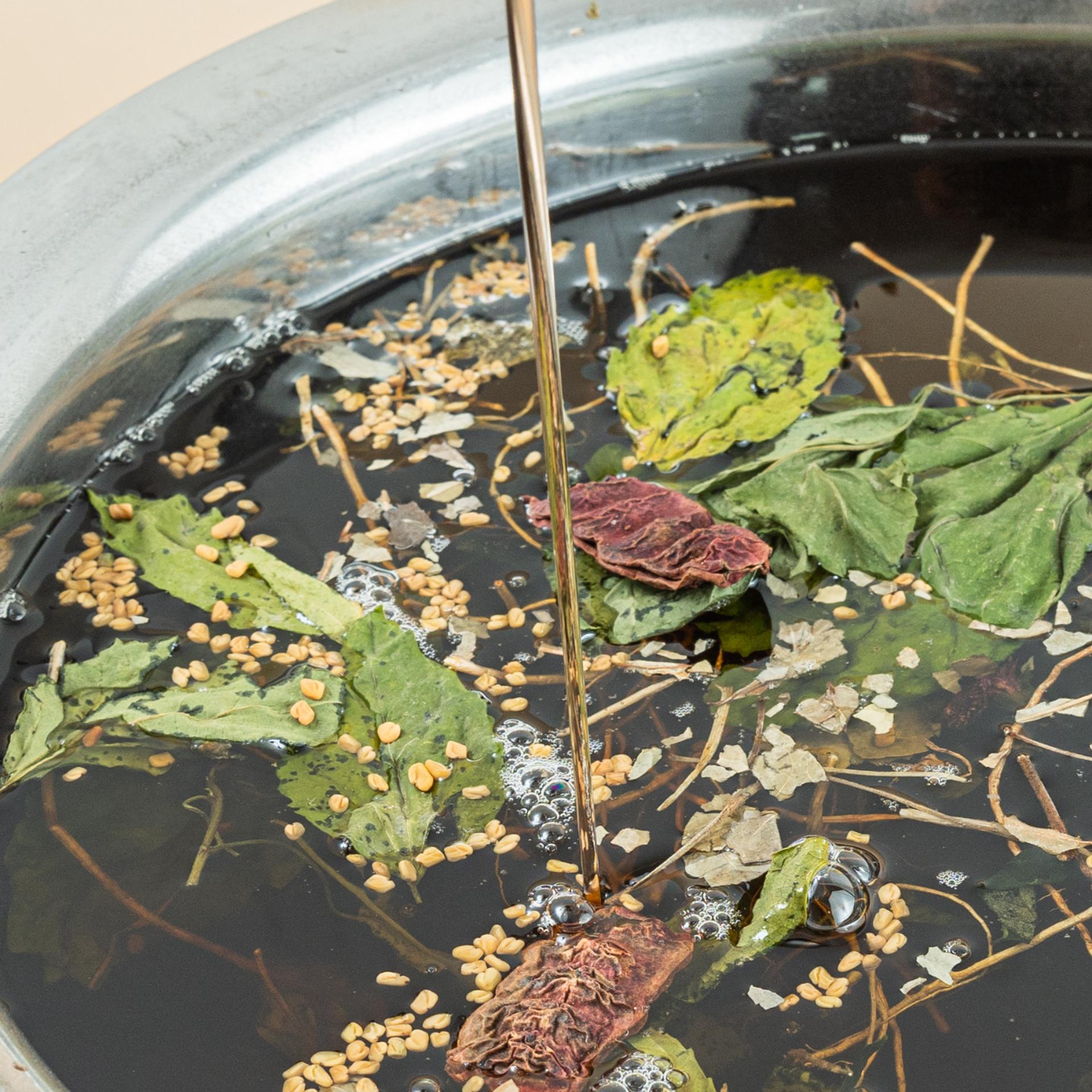
In Ayurveda, the scalp is viewed as a site of pranic flow (life force) and must be kept open, clean, and nourished. Constant suppression of oils, artificial masking of odour, or clogging the scalp is seen as blocking that vital energy, affecting both hair quality and emotional well-being.
Herbal oils like Dasabuti, rich in antimicrobial and adaptogenic herbs like Bhringraj, Brahmi, and Neem, reset the scalp ecosystem—feeding your follicles and flora alike.
The Bottom Line
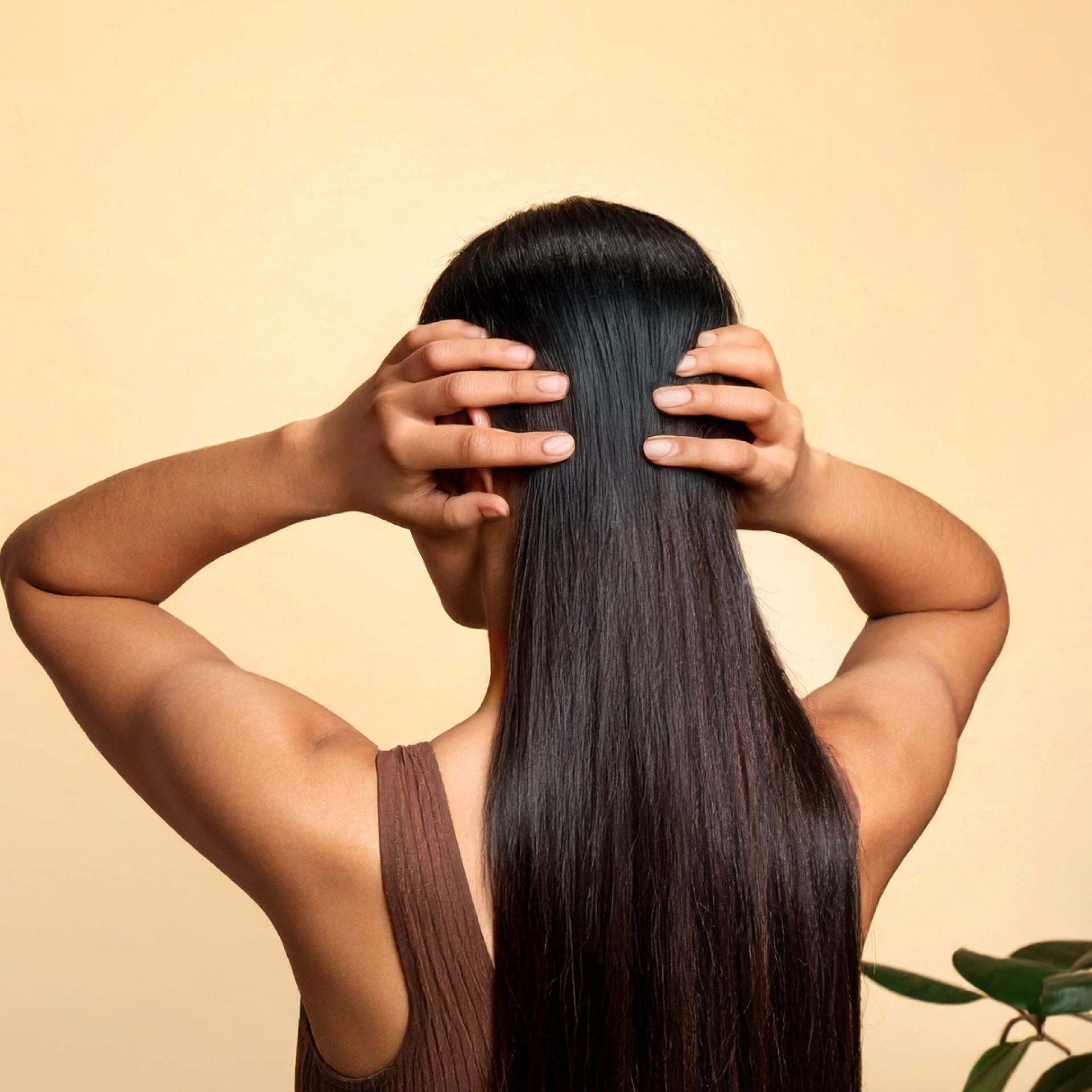
Dry shampoo might make your hair look clean, but your scalp might be silently suffering. Your microbiome isn’t just a passive layer—it’s a living shield, a guardian of your hair health. Treat it with love, not shortcuts.
Learn more
